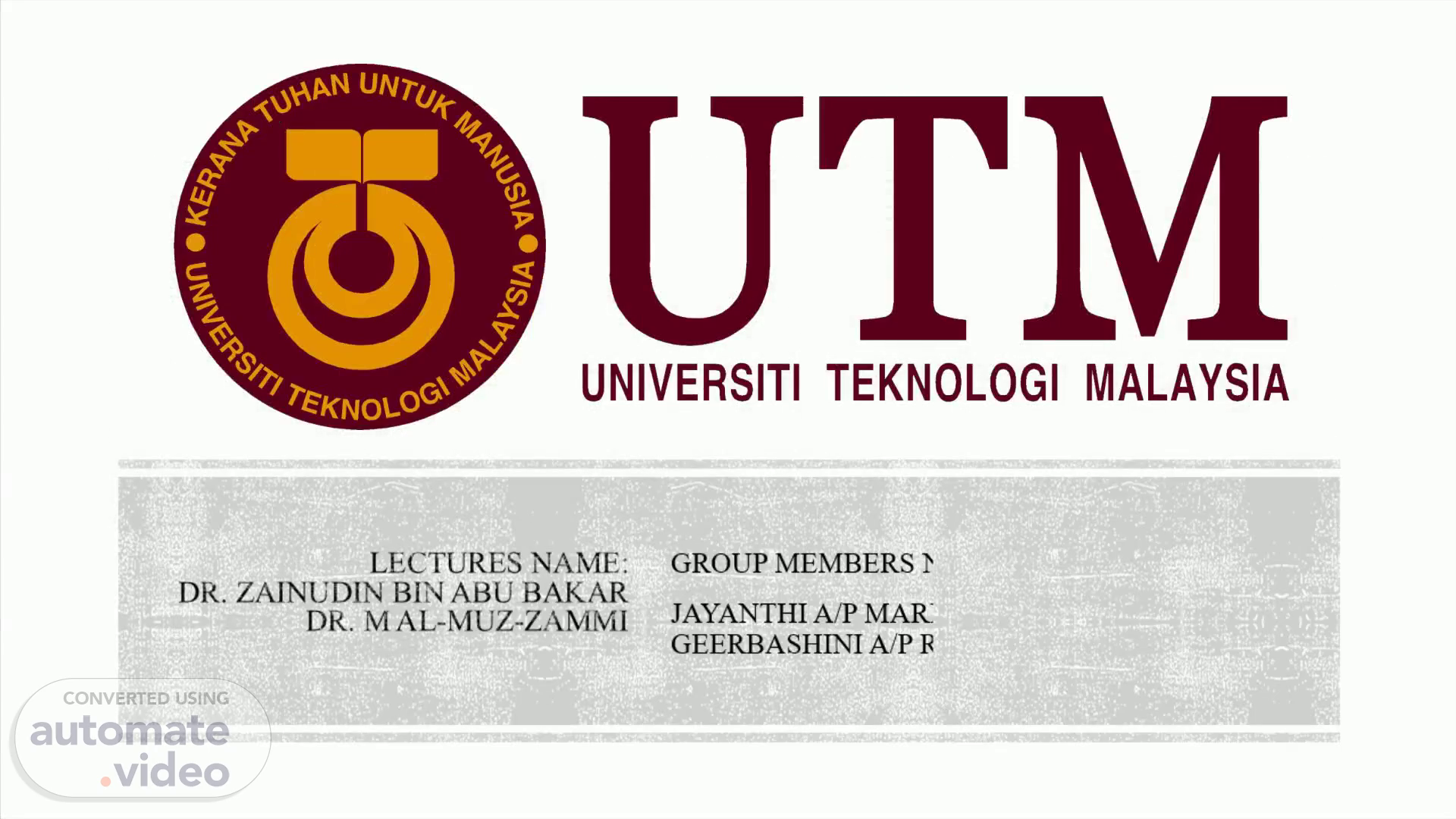
LECTURES NAME: DR. ZAINUDIN BIN ABU BAKAR DR. M AL-MUZ-ZAMMI
Scene 1 (0s)
4k SIA. LECTURES NAME: DR. ZAINUDIN BIN ABU BAKAR DR. M AL-MUZ-ZAMMI.
Scene 2 (12s)
rEKNOL09X. Presentation 1 Proposed instrument for quantitative research BY JAYANTHI A/P MARIMUTHU (MPP201129) GEERBASHINI A/P RAVISANTERAN (MPP201111).
Scene 3 (23s)
6.0 Methodology. Bar chart. 6.1 research design 6.2 population and respondent 6.3 instrument 6.4 data analysis.
Scene 4 (37s)
6.1 research design. For this study, before and after test or also referred as the pre-test and post-test design is needed in order to measure the students’ 21st century learning skills development before and after the students participating the Service-Learning program. two sets of data to be collected on the same population to find out the changes or outcome before and after the students take part in the Service-Learning program..
Scene 5 (2m 48s)
6.2 Population and Respondent. a private school known as Transcendence Academy located at Mt Austin, Johor. The populations are consisting of teachers and students. study selected students would be participate in service-learning program and they will become the respondents for data collection. 55 students would be selected for this study, they are from year 7 to year 10. teenage group- age of 12 to 19 The 55 students will become the respondents for these studies to provide their feedback about Service-Learning and the changes they have experience themselves after participating the program..
Scene 6 (3m 51s)
6.3 instrument. Online Google-form questionnaires S mall briefing for the students on how to open the link and answer the questions in the Google online feedback form. All students will have a medium to receive this Google-form questionnaires. It could be their WhatsApp, email, telegram, skype or any other medium as preferred by the students. R eceive the online Google-form questionnaires before and after the Service-Learning program. S everal questionnaire which are analysing the students’ development of 21 st century skills. S tudents can answer the questions based on how and what they feel about themselves (in developing the 21 st century learning skills) before and after of the SL program..
Scene 7 (4m 47s)
6.4 data analysis. Data will be collected from online Google-form.
Scene 8 (5m 49s)
7.0 Expected Findings. The percentage of progress of students’ learning skills should be greater with learning through Service-Learning (post-test) compared to learning in a traditional classroom (pre-test). The students’ feedbacks should meet the requirement of the objective of this study. The students should produce positive feedbacks of implementing SL could bring improvement in students’ 21 st learning skills. The students could develop their communication, critical thinking, collaboration and creative thinking through this Service Learning..
Scene 9 (6m 33s)
Thank you. Smiling Face with No Fill.